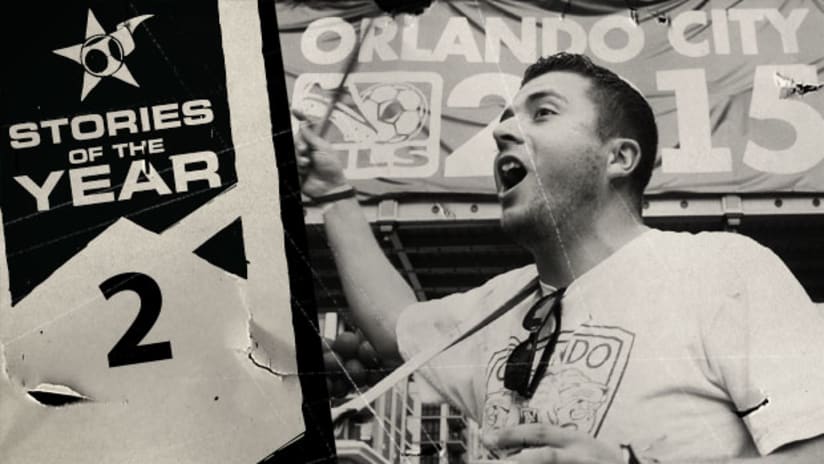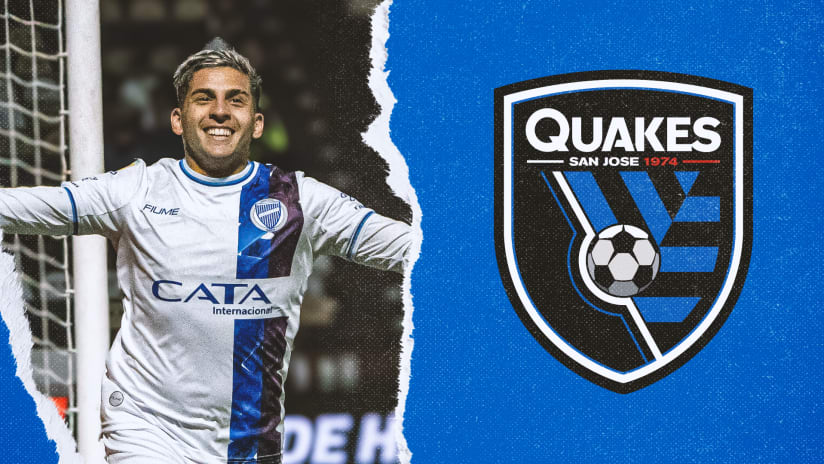As the Best of 2013 continues on MLSsoccer.com, we're counting down the 10 most important stories of the year in Major League Soccer. On Dec. 30, we'll reveal the Story of the Year, as voted by our panel of 20 editors, writers, videographers and statistics specialists.
New media editor Andrew Wiebe was on hand when Orlando City was officially named the 21st franchise in Major League Soccer in November, and he takes a look back at the year that saw two clubs enter the fold for 2015 and the drumbeat for more expansion grow louder than ever. It's No. 2 on our countdown.
The magic number is 24. The deadline is 2020.
If Major League Soccer is to reach its own lofty goal – to be among the best leagues in the world by 2022 – expansion will be chief among the forces primed to take it there.
And thus, with Commissioner Don Garber’s promise of 24 franchises by the turn of the decade ringing in the ears of soccer fans across the US and Canada, 2013 was nothing short of a landmark expansion year in MLS. So much so that, frankly, it’s stunning the league’s ballooning growth wasn’t voted MLSsoccer.com’s Story of the Year.
Less than a decade ago, the number was 10. A few years later, it was 12. Then 13 came in Toronto, San Jose were reborn as 14, Cascadia arrived in force with Philadelphia sandwiched in between and Montreal made 19 – an average of roughly one new club per year.
Come 2015, as we learned this year, the number will be 21. Perhaps even 22 if a certain English megastar can get his ducks in a row quickly enough.
May brought major ripples in the Big Apple, as New York City FC sprung up as team No. 20, a sleeping giant until 2015 backed by Sheikh Mansour’s Manchester City and the New York Yankees and led, as we found out after MLS Cup, by former Real Salt Lake boss Jason Kreis.
- BEST OF 2013: Check out the list of Stories of the Year
"Right now we're just going to take a deep breath," Garber told reporters after NYCFC, which is still without a concrete stadium plan, burst on the scene. Turns out he’d only have to wait six months to do it all again.
November ushered in MLS' second go-around in the state of Florida, 11 years after the league contracted a pair of franchises. Bathed in the glow of another USL PRO title, Orlando City SC’s dogged efforts to secure a downtown stadium paid off with a purple-clad celebration that brought thousands of fans and a promises of a marquee Designated Player (paging Kaká).
And what about that certain English megastar? How could anyone forget about David Beckham’s pursuit of team No. 22 in South Beach, at what's reported to be a discounted price?
Beckham has the blessing of county officials, surely encouraged by indications that any potential stadium will be 100 percent privately funded. He’s got the marketing wherewithal and financial might to make a go into a region where MLS died once before. Heck, he’s even got LeBron James’ ear.
But Beckham doesn’t have a team just yet, still dealing in smoke and bureaucratic hurdles rather than fire and stadium groundbreakings.
Neither does Atlanta, despite years of preliminary talks, a motivated owner in the Falcons’ Arthur Blank and a $1 billion stadium plan that accounts for soccer as well as the opulence of the NFL by means of unique "downsizing technology.”
But even without any official announcements, there’s no doubt they’re “making progress” in the heart of college football country, inching toward 24 with an eye toward filling a gaping hole in the league's nationwide reach.
And should that progress lead to expansion, it would leave one slot open for the likes of Minneapolis, St. Louis, San Antonio, Austin and Sacramento, among others, to fight over for the next six years. The spoils, if recent history is any indication, shall go to those with downtown stadiums, deep-pocketed owners and fanbases that clamor for first-division soccer.
- BEST OF 2013: Who voted on these awards?
Meanwhile, down the ladder, both the NASL and USL PRO keep marching along, secure in their spots in the US soccer pyramid and experiencing rapid growth of their own. Two new second-division sides are set to take the field in 2014, and three more new clubs are set to come in by 2015, bringing the NASL to 13.
USL PRO, meanwhile, has claimed the mantle as the next frontier for youth development in a country that’s still only scratched the surface of its potential.
Oklahoma City, with MLS Cup champion Jimmy Nielsen on the bench and affiliation with Sporting KC, and Sacramento, reportedly aligned with the Portland Timbers, will enter in 2014, with Tulsa and Colorado Springs following a year later. And more are expected, with first-division affiliations on the rise and MLS teams eyeing USL PRO teams of their own.
The pyramid, from the top down, is growing. More than a decade after contraction threatened MLS’ viability, vitality drives it forward toward new markets, new fans and new owners ready to invest in a product clearly on the rise.
If 2013 is any indication, Garber better take a few more deep breaths. Expansion doesn’t seem likely to slow anytime soon.














